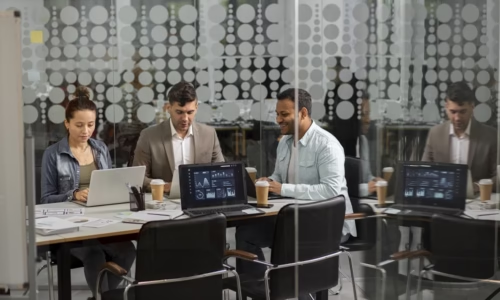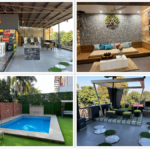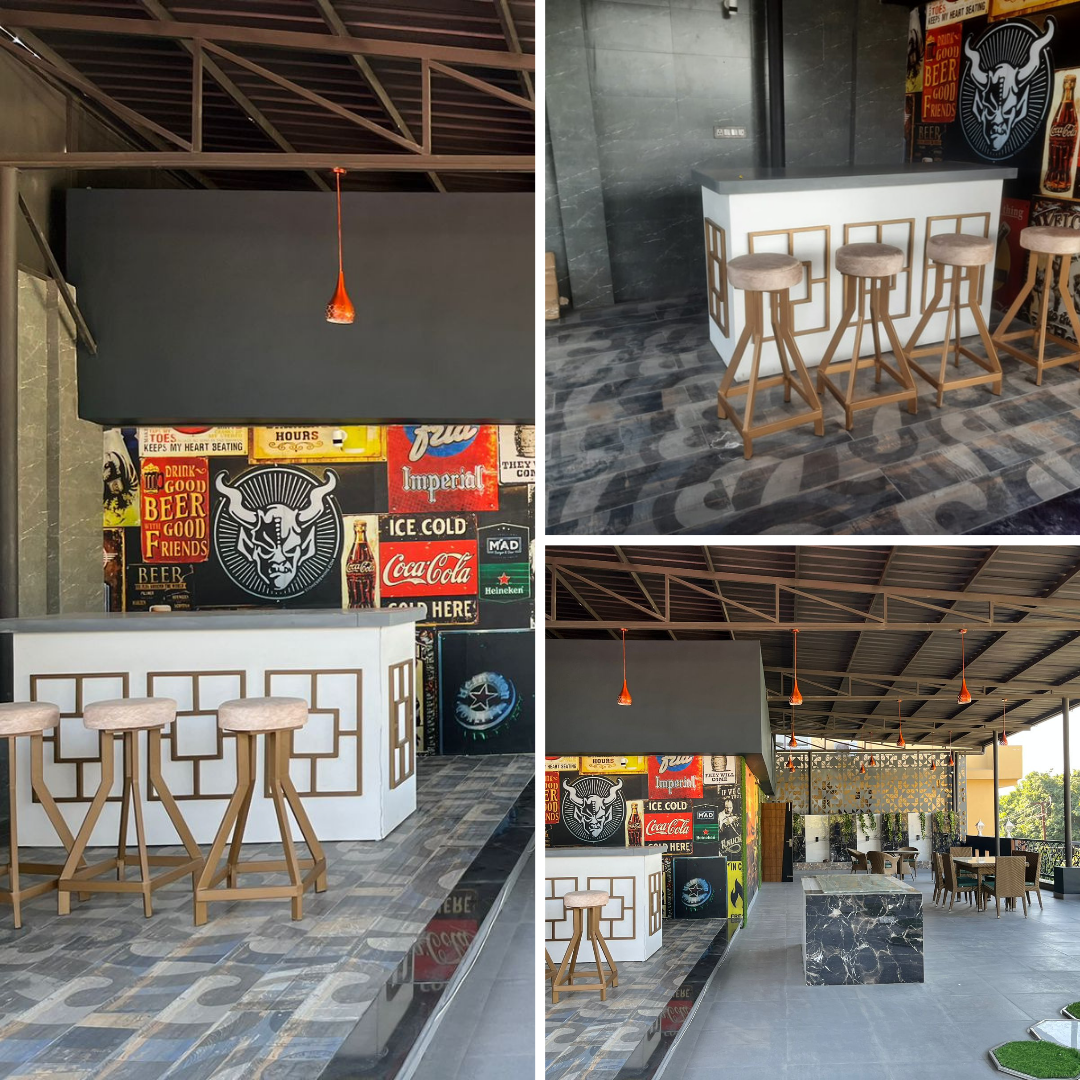An inclusive workspace is a place where people from different walks of life – different genders, ages, cultures, physical abilities, and experiences – feel they belong.
It is not just about accessibility (like wheelchair ramps or ergonomic chairs) but also about culture, policies, and environment.
For example:
-
A person with a disability should be able to move around easily.
-
A mother returning from maternity leave should feel supported.
-
An employee who is more comfortable working quietly should have access to quiet zones.
-
People from different cultures should feel respected and safe to express themselves.
In short, an inclusive workspace removes barriers that stop people from working effectively and ensures that everyone feels respected and included.
Why Inclusive Workspaces Are Important
-
Better Productivity
When employees feel comfortable and supported, they perform better. They don’t waste energy worrying about whether they belong; instead, they focus on their work. -
Happier Employees
A welcoming environment reduces stress and increases job satisfaction. People are more likely to stay with the company if they feel valued. -
More Creativity
Different people bring different ideas. A diverse and inclusive workspace allows creativity to grow because people feel confident to share their thoughts. -
Good Reputation
Companies known for inclusivity attract top talent. People want to work where they feel respected. -
Legal & Ethical Responsibility
In many countries, inclusivity is also a legal requirement. Beyond laws, it’s the right thing to do.
Key Elements of Inclusive Workspace Design
Creating an inclusive workspace doesn’t mean a complete makeover of your office or spending a lot of money. It’s about thoughtful design and small changes that make a big difference. Let’s look at the main elements:
1. Physical Accessibility
Everyone should be able to move around the workplace without facing obstacles.
-
Entrances and Exits: Provide ramps and wide doors for wheelchair access.
-
Workstations: Adjustable desks and ergonomic chairs help people of all sizes and needs.
-
Restrooms: Gender-neutral and accessible restrooms are a must.
-
Pathways: Keep hallways wide and free from clutter.
-
Lighting: Use natural light where possible and ensure spaces are well lit for those with vision challenges.
2. Technology Accessibility
Technology is part of almost every job today, so it should be usable for everyone.
-
Provide screen readers and text-to-speech tools for visually impaired employees.
-
Use software that supports closed captions during video calls.
-
Choose applications that are mobile-friendly and easy to navigate.
-
Offer training so employees can use technology confidently.
3. Flexible Work Options
Not everyone works best in the same way. Some prefer a quiet room, others like open discussions.
-
Quiet Zones: Set up noise-free spaces for people who need focus.
-
Collaboration Spaces: Design meeting areas for teamwork.
-
Remote Work: Allow work-from-home options for those who need flexibility.
-
Flexible Hours: Parents, caregivers, or people with health needs benefit from adaptable schedules.
4. Inclusive Culture and Policies
Designing a workspace is not only about furniture and tech – it’s also about people and policies.
-
Diversity Training: Teach employees to respect differences.
-
Zero Tolerance Policy: Have strict rules against discrimination and harassment.
-
Support Systems: Mentorship programs, mental health support, and employee resource groups help people feel included.
-
Celebrate Diversity: Acknowledge cultural holidays and encourage sharing of traditions.
5. Comfortable Environment
Comfort is an important part of inclusivity.
-
Temperature Control: Offer ways to adjust heating or cooling for comfort.
-
Furniture: Provide ergonomic chairs, standing desks, or beanbags in break areas.
-
Break Rooms: Create relaxing spaces for employees to recharge.
-
Food Options: Stock cafeterias with a variety of food, including vegetarian, vegan, or allergy-friendly choices.
6. Communication for All
Inclusive communication ensures everyone understands and feels heard.
-
Use clear and simple language in all documents and announcements.
-
Provide translations or multilingual support if employees come from diverse backgrounds.
-
Encourage open feedback through anonymous surveys or suggestion boxes.
-
Use visual aids like charts, icons, and videos for those who learn better visually.
Steps to Create an Inclusive Workspace
Here’s a simple step-by-step approach you can follow:
-
Listen to Employees
Ask your team what they need. Surveys, meetings, or one-on-one talks help you understand their challenges. -
Check Current Barriers
Walk through your workspace like a new employee would. Are there areas that are hard to access? Is the technology user-friendly? -
Start Small
Even simple changes – like adding ergonomic chairs or quiet zones – make a big difference. -
Involve Everyone
Inclusivity is not just the responsibility of HR or leaders. All employees should take part in building an inclusive culture. -
Provide Training
Teach your team about diversity, respect, and collaboration. This prevents misunderstandings and builds trust. -
Review Regularly
Needs change over time. Keep reviewing your workspace and policies to make sure they still support everyone.
Examples of Inclusive Practices
-
A company installs adjustable desks so both tall and short employees are comfortable.
-
During meetings, the manager makes sure to use closed captions for remote employees.
-
A team celebrates Diwali, Christmas, and Eid together to respect cultural diversity.
-
The HR department allows flexible hours for parents with young children.
-
Break rooms include quiet corners for people who prefer less social interaction.
Benefits for the Company
Designing inclusive workspaces is not just good for employees; it also helps the company grow.
-
Higher Retention Rates: Employees stay longer in a supportive environment.
-
Stronger Teams: Diverse perspectives improve teamwork.
-
Attracting Talent: Top professionals want to work at inclusive companies.
-
Better Innovation: Different experiences lead to unique solutions.
-
Positive Brand Image: Customers respect companies that value inclusivity.
Future of Inclusive Workspaces
With remote work and hybrid models becoming more common, inclusivity will look different in the future.
-
Virtual offices must be accessible with easy-to-use platforms.
-
Online meetings should include captioning, translations, and clear communication.
-
Companies will focus more on mental health and well-being as part of inclusivity.
The future workspace will be less about physical walls and more about creating flexible, human-centered environments that adapt to everyone’s needs.
Also Read:
- What Is a Mood Board in Interior Design?
- What Is Modern Classic Interior Design?
- What is Green Interior Design?
- What Are the Different Materials Used for Interior Design?
- Is Interior Architecture the Same as Interior Design?
Final Thoughts
Designing inclusive workspaces is not a one-time task – it’s an ongoing journey. It’s about making sure that no one feels left out, whether because of physical barriers, cultural differences, or personal challenges.
An inclusive workspace is built on respect, empathy, and creativity. When you design with people in mind, you create a place where everyone can contribute, grow, and feel proud of the work they do.






















